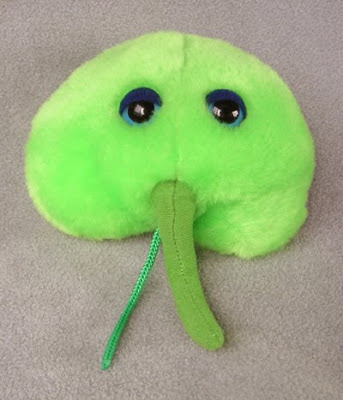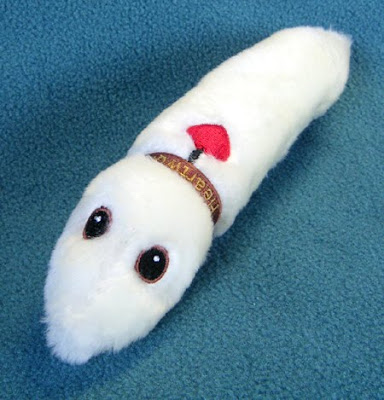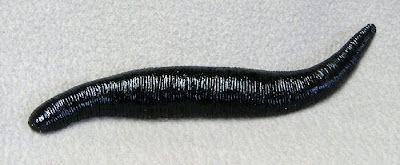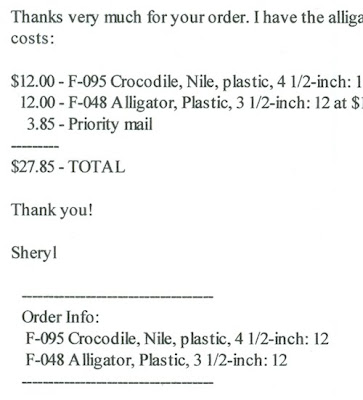 These dinosaur skeleton models are very cool. They may add just the touch of weirdness to your decor, or add that spark to a child's room to add fodder to their imaginative world. They would also go great in a classroom or homeschool setting. Or, hey, do you know anyone who just loves dinosaurs? These plastic skeletons could be the perfect gift! We have five dinosaur species and (skipping ahead a few million years) a woolly mammoth skeleton. The web page is being completed as I write this. If you don't see the one you want, give us a call at (503) 325-3179 in Astoria, Oregon.
These dinosaur skeleton models are very cool. They may add just the touch of weirdness to your decor, or add that spark to a child's room to add fodder to their imaginative world. They would also go great in a classroom or homeschool setting. Or, hey, do you know anyone who just loves dinosaurs? These plastic skeletons could be the perfect gift! We have five dinosaur species and (skipping ahead a few million years) a woolly mammoth skeleton. The web page is being completed as I write this. If you don't see the one you want, give us a call at (503) 325-3179 in Astoria, Oregon.The manufacturer intended these to appear as articulated fossils, but every fossil I've seen looks more like stone (because it is). It could be dark or light, but it doesn't really look like bones. What we have here looks like aged bones to me. In any case, this easy-to-assemble model is an eye-catcher in any setting.
I've pictured the triceratops, and here's a bit more about it:
This realistic-looking triceratops skeleton model is made of strong plastic and is sturdy when assembled. There are about 10 separate pieces, some large, with easy to follow assembly instructions and a diagram. The bones look weathered and connect with one another through pegs or joint sockets. The head swivels slightly, the legs move slightly and the jaw opens and closes. The finished model is 4 inches tall and is 9 inches long from nose to tail. This miniature triceratops skeleton replica makes a nice display, a gift, or toy for children or adults and could work well for school show-and-tell or as a school science project. Check out our other dinosaur model toys and gifts.
About the Triceratops
The triceratops, meaning three horned face, appeared on the scene during the Late Cretaceous about 65 million years ago. No full skeletons have been found, but many bones have been discovered throughout North America in Alberta, Montana, South Dakota, Saskatchewan,and Wyoming. Bearing a large bony frill and three horns on its large four-legged body, it looks similar to the modern day rhinoceros. It was a vegetarian and possessed a sturdy build, with strong limbs and short, five-hoofed hands and four-hoofed feet. It was almost 10 feet high and 25 feet in length.














